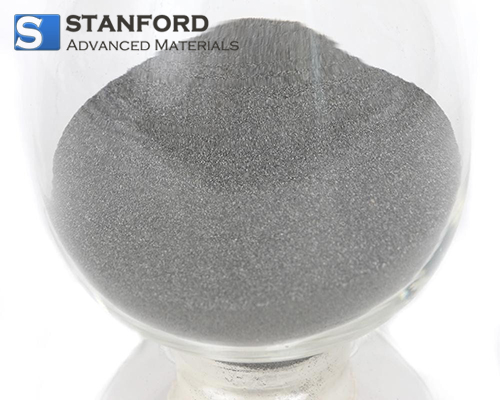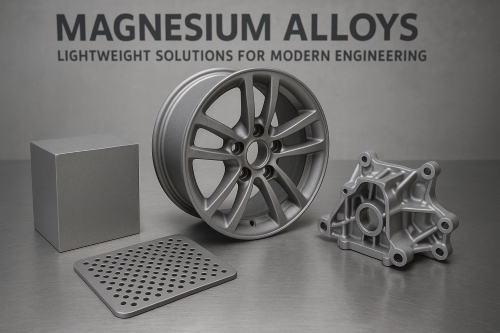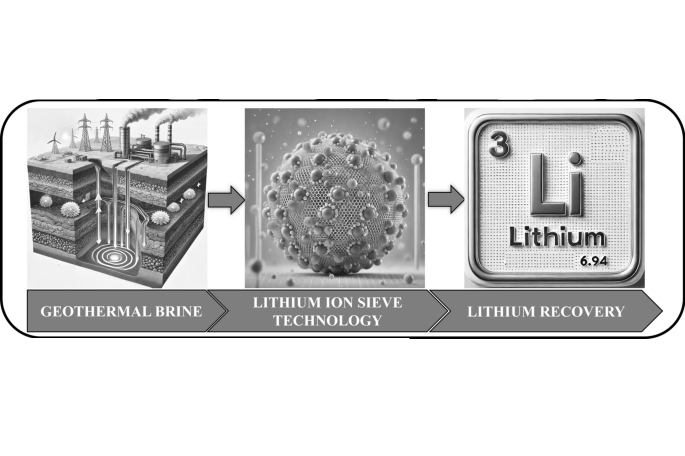Applications Of Molybdenum Materials
Applications of Molybdenum Materials
The industrial applications for SAM Molybdenum Materials reflect measurable material properties. Three specific applications are outlined below:

High Purity and Creep Resistance
Our molybdenum meets purity standards above 99.95% and maintains performance at temperatures up to 1 200 °C. It is used for manufacturing molybdenum crucibles for standard sapphire growth methods. Tests have confirmed stable melting and solidification for periods exceeding 500 hours.
High Form Stability and Corrosion Resistance
The stirrers produced with our material homogenise various glass melts. They operate at temperatures above 1 000 °C and in corrosive environments. Molybdenum is used in these applications. Its dimensional stability and resistance to corrosion have been validated for operating durations exceeding 1 000 hours.
High Thermal Conductivity and Low Thermal Expansion
High power densities and current flow through diodes and transistors produce heat. Measured thermal conductivity and a matching coefficient of thermal expansion with semiconductor materials have been recorded for molybdenum. Its alloys are used as substrates in power electronics. When employed as a base plate, molybdenum reliably conducts heat as confirmed in tests over 1 000 hours.
Conclusion
We thank you for reading this article. We hope it assists in understanding the properties of molybdenum materials. For further details on molybdenum materials, please visit Stanford Advanced Materials (SAM).
Stanford Advanced Materials (SAM) is a global provider of molybdenum materials with over 20 years of manufacturing and distribution experience. We supply molybdenum materials that meet the specific research and production requirements of our clients. We expect SAM to serve as a supplier and business partner for molybdenum materials.

 Bars
Bars
 Beads & Spheres
Beads & Spheres
 Bolts & Nuts
Bolts & Nuts
 Crucibles
Crucibles
 Discs
Discs
 Fibers & Fabrics
Fibers & Fabrics
 Films
Films
 Flake
Flake
 Foams
Foams
 Foil
Foil
 Granules
Granules
 Honeycombs
Honeycombs
 Ink
Ink
 Laminate
Laminate
 Lumps
Lumps
 Meshes
Meshes
 Metallised Film
Metallised Film
 Plate
Plate
 Powders
Powders
 Rod
Rod
 Sheets
Sheets
 Single Crystals
Single Crystals
 Sputtering Target
Sputtering Target
 Tubes
Tubes
 Washer
Washer
 Wires
Wires
 Converters & Calculators
Converters & Calculators
 Write for Us
Write for Us
 Chin Trento
Chin Trento



